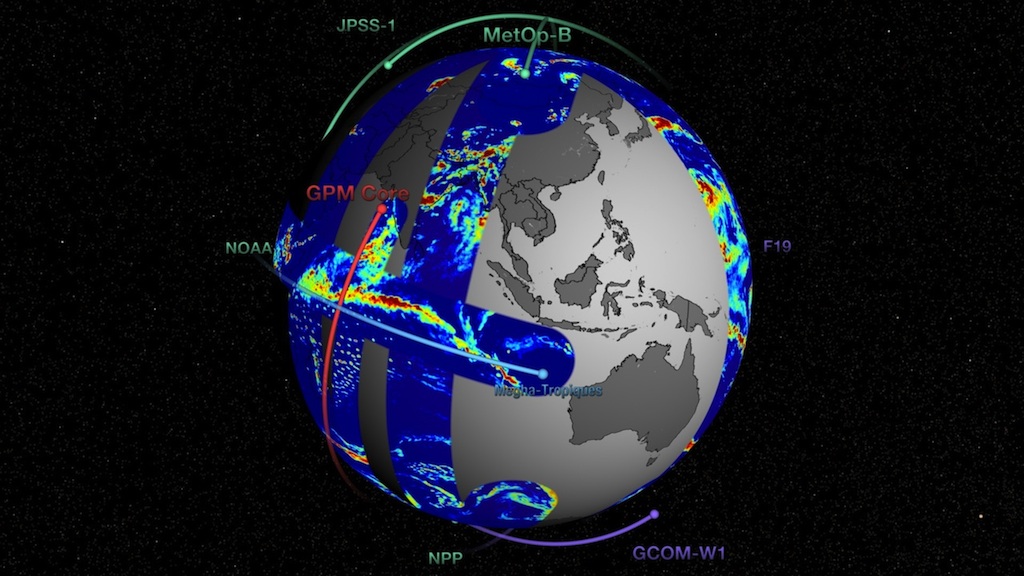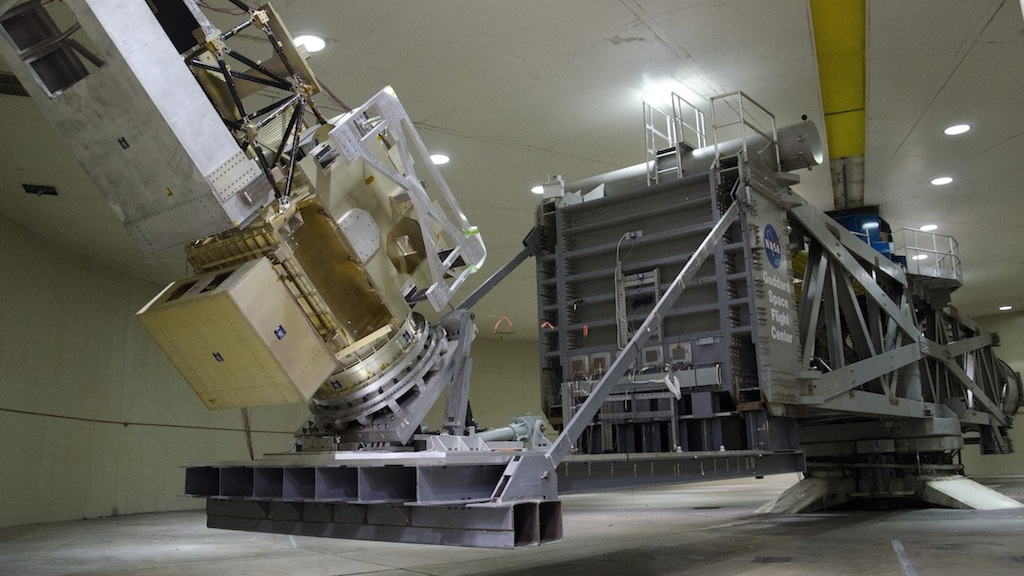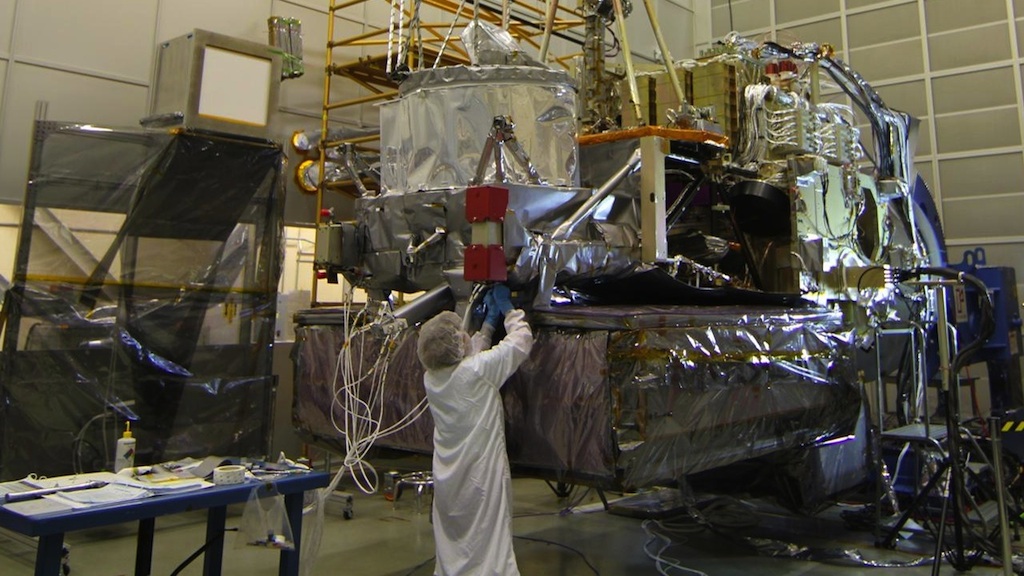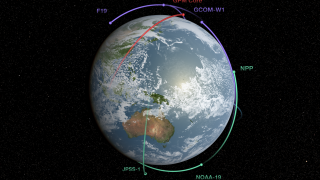Earth
ID: 11122

How do you see all the rain in the world nearly at once? NASA and the Japan Aerospace Exploration Agency (JAXA) will soon use a constellation of nine satellites to make just such frequent and widespread rainfall readings. The satellites of the Global Precipitation Measurement (GPM) mission will cover almost every patch of Earth and capture the volume of rain falling over the world every three hours. The centerpiece of the mission, the GPM Core satellite, will launch in 2014. The GPM Core will calibrate and unify all the mission's observations to create a new worldwide rainfall data set eight times each day. The animation shows how the nine GPM satellites will surround Earth in order to gather the most up-to-date precipitation data possible.




Rainspotting





Related Story
Story Credits
Lead Visualizer/Animator:
Trent L. Schindler (USRA)
Visualizers/Animators:
Ernie Wright (USRA)
Greg Shirah (NASA/GSFC)
Producer:
Ryan Fitzgibbons (USRA)
Lead Scientists:
Arthur Hou Ph.D. (NASA/GSFC)
Dalia B Kirschbaum (NASA/GSFC)
Lead Writer:
Ellen T. Gray (ADNET Systems, Inc.)
Trent L. Schindler (USRA)
Visualizers/Animators:
Ernie Wright (USRA)
Greg Shirah (NASA/GSFC)
Producer:
Ryan Fitzgibbons (USRA)
Lead Scientists:
Arthur Hou Ph.D. (NASA/GSFC)
Dalia B Kirschbaum (NASA/GSFC)
Lead Writer:
Ellen T. Gray (ADNET Systems, Inc.)
Please give credit for this item to:
NASA's Goddard Space Flight Center
Dual frequency radar photo courtesy of JAXA
NASA's Goddard Space Flight Center
Dual frequency radar photo courtesy of JAXA
Short URL to share this page:
https://svs.gsfc.nasa.gov/11122
Keywords:
SVS >> App
NASA Science >> Earth
https://svs.gsfc.nasa.gov/11122
Keywords:
SVS >> App
NASA Science >> Earth








